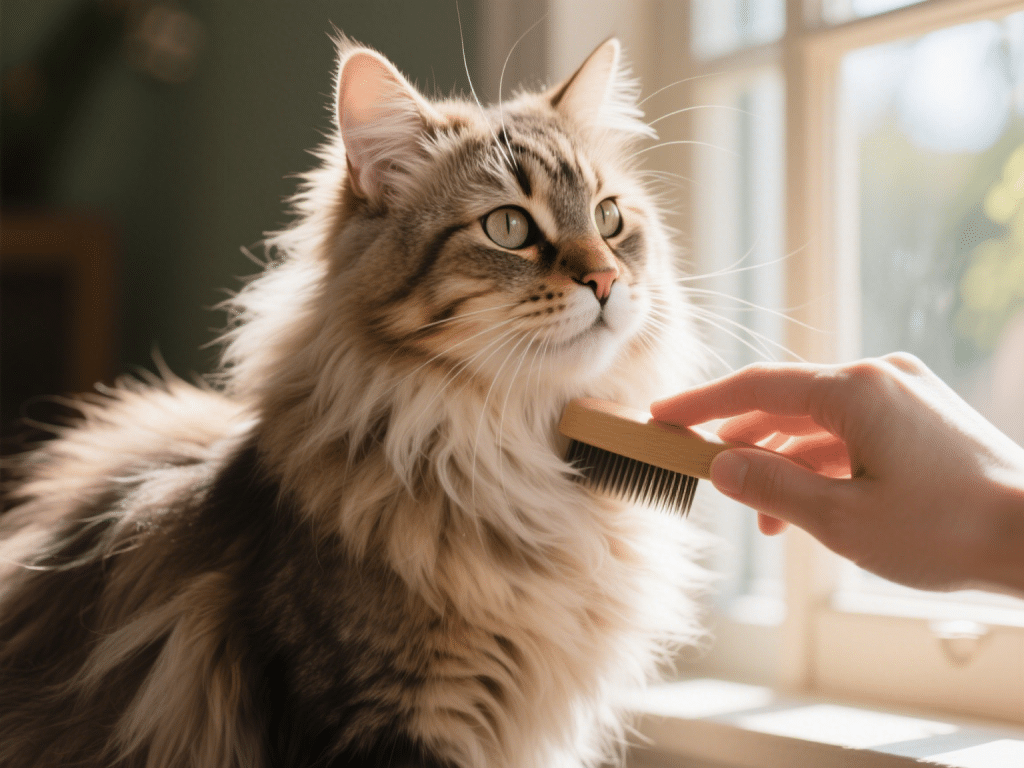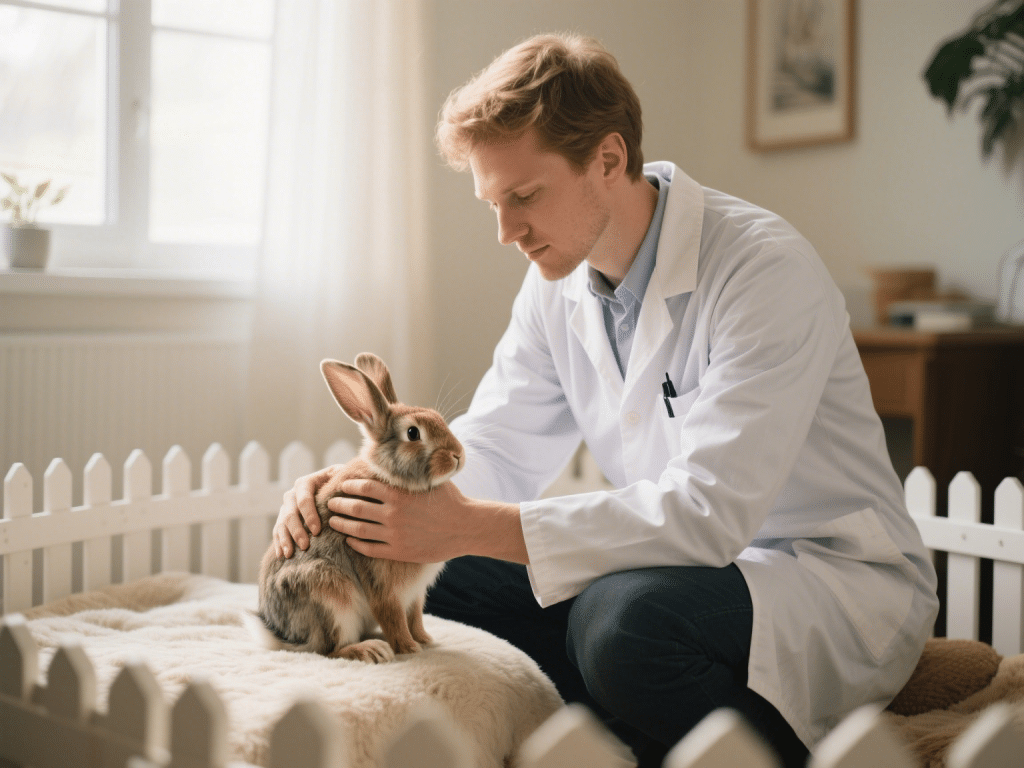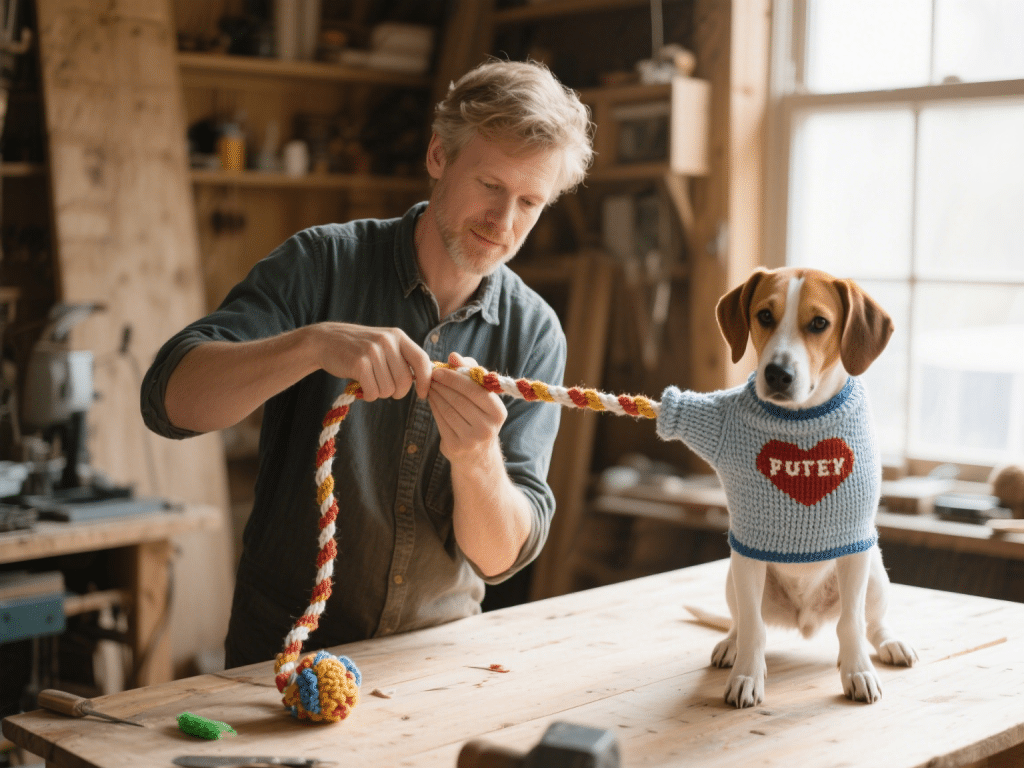
Gentle Grooming Essentials: Keeping Your Cat’s Coat Healthy and Shiny
As a professional feline groomer and veterinary nurse for over a decade, I’ve learned th...

Obesity is a growing concern in indoor guinea pigs, leading to diabetes, arthritis, and heart disease. In my 7 years as a small-animal veterinarian, I’ve seen overweight cavies struggle with mobility and quality of life. This article details nutritional and exercise strategies to keep your guinea pigs lean and lively.
Understanding Guinea Pig Metabolism
Unlike dogs and cats, guinea pigs require a constant supply of fiber to maintain gut motility. Overfeeding pellets and treats—combined with limited exercise—quickly leads to excess weight⁵.
1. Balanced Diet Foundations
Unlimited Grass Hay: Timothy or orchard grass hay should form 75% of daily intake.
Pellet Portioning: Offer 1/8 cup of fortified guinea pig pellets per day, divided into two meals.
Fresh Vegetables: Provide 1 cup of leafy greens daily (e.g., romaine, cilantro). Rotate to prevent boredom.
2. Vitamin C Monitoring
Guinea pigs cannot synthesize vitamin C. Include bell peppers or kale (¼ cup per pig) to prevent scurvy and support metabolism.
3. Healthy Treat Alternatives
Oat Hay Sprinkles: Low in sugar, high in fiber—use as occasional fun “sprinkle.”
Herb Foraging: Offer fresh herbs like basil or parsley instead of sugary fruits.
4. Exercise & Enrichment
Floor Time: Supervised play in a guinea-proof room for at least 2 hours daily.
Tunnel Systems: PVC pipe mazes and fabric tunnels encourage exploration and running.
Obstacle Courses: Low ramps and hide boxes promote climbing and jumping.
5. Weight Monitoring
Weekly Weigh-Ins: Use a kitchen scale. Record weight to identify trends.
Body Condition Scoring: Feel for ribs—should be palpable under a thin fat layer.
Case Study: “Pebbles & BamBam”
Pebbles and BamBam, two-year-old sisters, gained 15% body weight over three months. After implementing strict hay intake, reduced pellets, and daily tunnel sessions, they returned to ideal weight within eight weeks, with improved mobility and energy.
Preventing Relapse
Rotate Toys: Prevent boredom that leads to overeating.
Social Interaction: Pair guinea pigs—companionship boosts activity.
Regular Health Checks: Annual vet exams to detect early metabolic issues.
Conclusion
Preventing obesity in indoor guinea pigs hinges on a fiber-rich diet, controlled pellets, and daily exercise. By monitoring diet closely, providing enriching activities, and tracking weight, you’ll ensure your cavies remain fit and happy. A proactive approach today safeguards a lifetime of health for your pint-sized companions.

As a professional feline groomer and veterinary nurse for over a decade, I’ve learned th...

I’m a lifelong eco-enthusiast and certified pet behavior consultant. Making your own pet...

Ear infections (otitis) are common in domestic rabbits, especially lop-eared breeds where ...

IntroductionArthritis affects up to 90% of cats over 10 years old, causing pain, stiffness...

IntroductionPet obesity is a growing concern, leading to joint issues, diabetes, and reduc...

IntroductionWelcoming a new baby is a joyous time—but it can also be stressful for dogs....
Comments on "Preventing Obesity in Indoor Guinea Pigs: Expert Nutrition & Exercise Tips" :